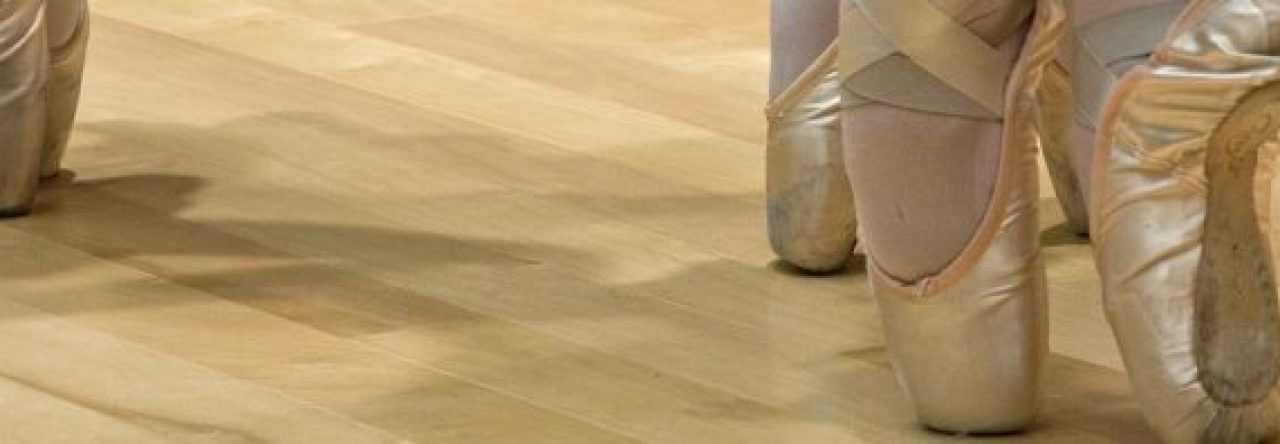 While not all people who practice ballet are wealthy, the art presents itself as very elitist due to its poised nature and high cost. Studies have shown that it cost over $100,000 to raise a ballerina (Osborn). This enormous number is not feasible to many families, and sets any lower-income student at a severe disadvantage when compared to their wealthier peers. In America, this exclusion of the lower class naturally translates to the exclusion of minority groups in the country, specifically black girls. Many dancers train on scholarships but still, black women are less inclined to follow intensive ballet and are more likely to be seen in modern or hip hop companies. This is because they fit the body type and image best in these styles since neither modern nor hip hop have a specific figure like ballet does. Dancers in these disciplines can be muscular or curvy which black women tend to be because of their genes dictating muscle and fat development in certain areas of the body. Balanchine’s ballerina is slender with lean muscle and narrow hips; she is ultimately white. This lack of representation poses a specific threat to black girls that train in ballet, the white-washed practice discourages them from participating and the figure that they physically obtain shuts them out even more. It is necessary for ballet’s survival to adapt to the times and accept those that are different with open arms, if ballet cannot be flexible, then it cannot make it in the future as fewer people will be interested, able to participate, or attend as an audience member.
While not all people who practice ballet are wealthy, the art presents itself as very elitist due to its poised nature and high cost. Studies have shown that it cost over $100,000 to raise a ballerina (Osborn). This enormous number is not feasible to many families, and sets any lower-income student at a severe disadvantage when compared to their wealthier peers. In America, this exclusion of the lower class naturally translates to the exclusion of minority groups in the country, specifically black girls. Many dancers train on scholarships but still, black women are less inclined to follow intensive ballet and are more likely to be seen in modern or hip hop companies. This is because they fit the body type and image best in these styles since neither modern nor hip hop have a specific figure like ballet does. Dancers in these disciplines can be muscular or curvy which black women tend to be because of their genes dictating muscle and fat development in certain areas of the body. Balanchine’s ballerina is slender with lean muscle and narrow hips; she is ultimately white. This lack of representation poses a specific threat to black girls that train in ballet, the white-washed practice discourages them from participating and the figure that they physically obtain shuts them out even more. It is necessary for ballet’s survival to adapt to the times and accept those that are different with open arms, if ballet cannot be flexible, then it cannot make it in the future as fewer people will be interested, able to participate, or attend as an audience member.
